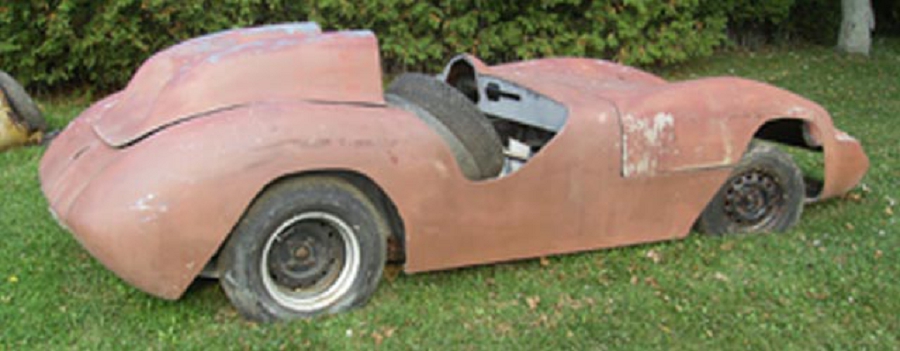
Hi Gang…
Think about what it takes to produce a Mysterion….
First…someone has to have a dream of building a car. Then, that person and probably his friends and family jump on board and help him work toward that goal. The car is most often finished, appreciated, loved, and then cast out to a lonely plight of years and even decades of neglect – and most are discarded and even destroyed at this stage.
Oh the plight of Mysterions!
For those lucky few Mysterions that made it from last century to this century, we at Forgotten Fiberglass are doing our best to have these cars recognized and appreciated for what they are and the “mystery men” who created them. Even if we never discover their history, we certainly could describe the type of person that it took to embark on such an endeavor – a kindred spirit to each of us.
And we’re doing our best to recognize these “lost men” of yesteryear. Click here to read more about “Mysterions” and our growing appreciation for this class of Forgotten Fiberglass cars.
And now….for today’s Mysterion…
The Rick Guy Special: Mysterions Know No Bounds…
Recently I received the following e-mail from Rick Guy of London, Ontario:
Hi Geoffrey
I found your website recently and was very excited.
I have a fiberglass car that I know very little about. I purchased it approximately 20 years ago, and it has a homemade frame with TR 2 axles no engine or transmission. The body is in good shape. The wheelbase is 96 inches and the overall width is approximately 5 feet.
We believe the car originally came from the Toronto, Ontario area. It was in a small used car lot in London, Ontario when I bought it, and the man I purchased it from had no history of the car. The only information he had was that the car may have been built in Toronto – about 2 hours from London, Ontario.
We believe it was probably built in the ’60s, and may be one of a kind. I’m not sure what I am going to do with it.
Maybe you can shed some light on it
Thanks
Rick
Let’s have a look at some of the photos Rick sent in for our review:
So What Is This Lost Mysterion Of Yesteryear???
When I first saw the photos, the double headrest fairings had me thinking it might be related in some way to the UK Falcon bodied cars. Perhaps parts were taken and cast from a Falcon body – or not. Here are some photos of one beautifully restored Falcon from our Austrian Forgotten Fiberglass Aficionado – Wolfgang Buchta.
Summary:
We have a growing contingent of European Forgotten Fiberglass Correspondents which includes Wolfgang Buchta from Austria, Kenn Brosk from Germany, Simon Ross and Rob Daniels of Great Britain, and Charles Le Menestrel from France. Ok guys…have a look at the pictures and let us know what you think. Might this be Foreign Fiberglass we haven’t seen before – or perhaps just a homebuilt special from Canada? Either way, it’s great that is survived so many years, and hats off to Rick Guy for preserving a car with, no doubt, a special history.
Mysterions are just so much fun to consider, so be sure to click on the link below to review more about “Mysterion Sport Specials.”
Hope you enjoyed the story, and until next time…
Glass on gang…
Geoff
——————————————————————-
Click on the Images Below to View Larger Pictures
——————————————————————-




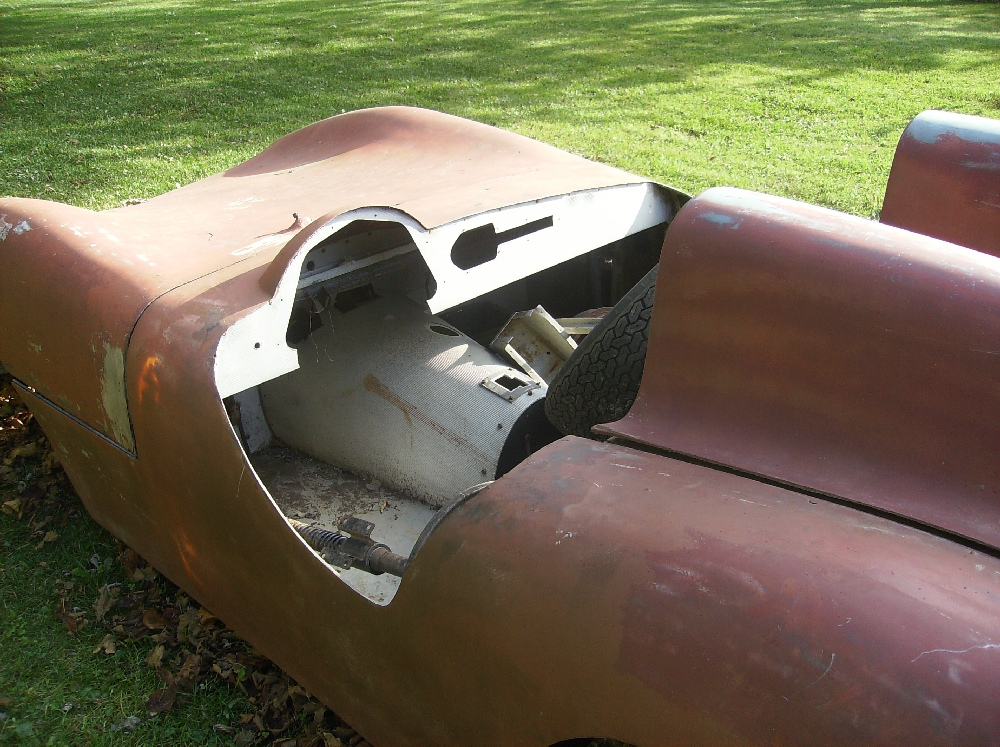
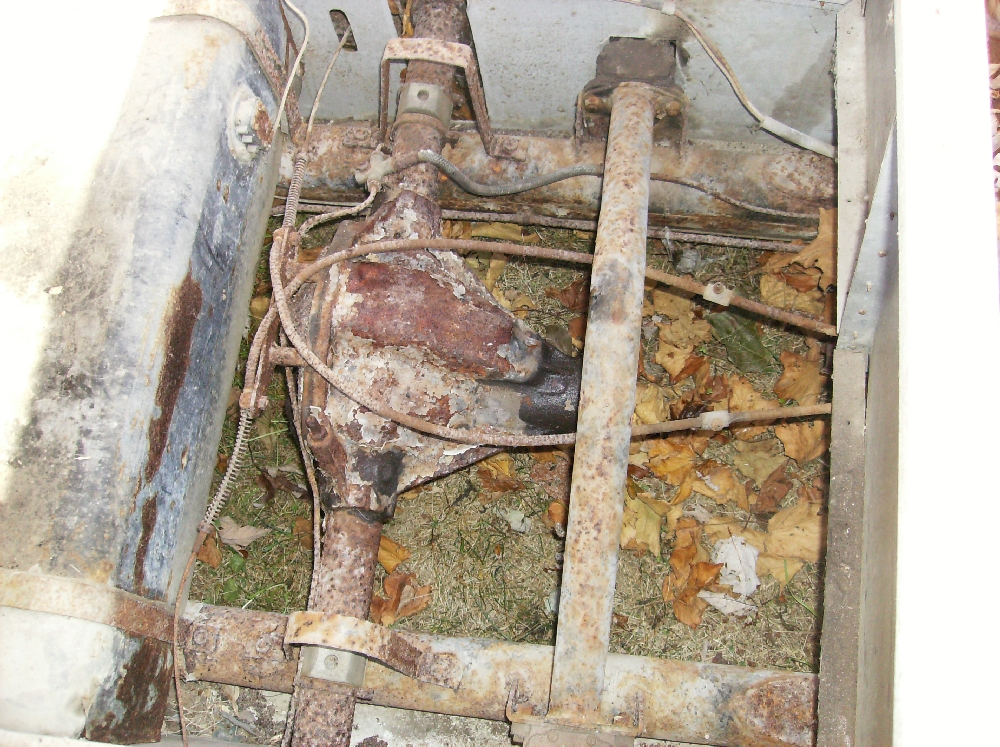
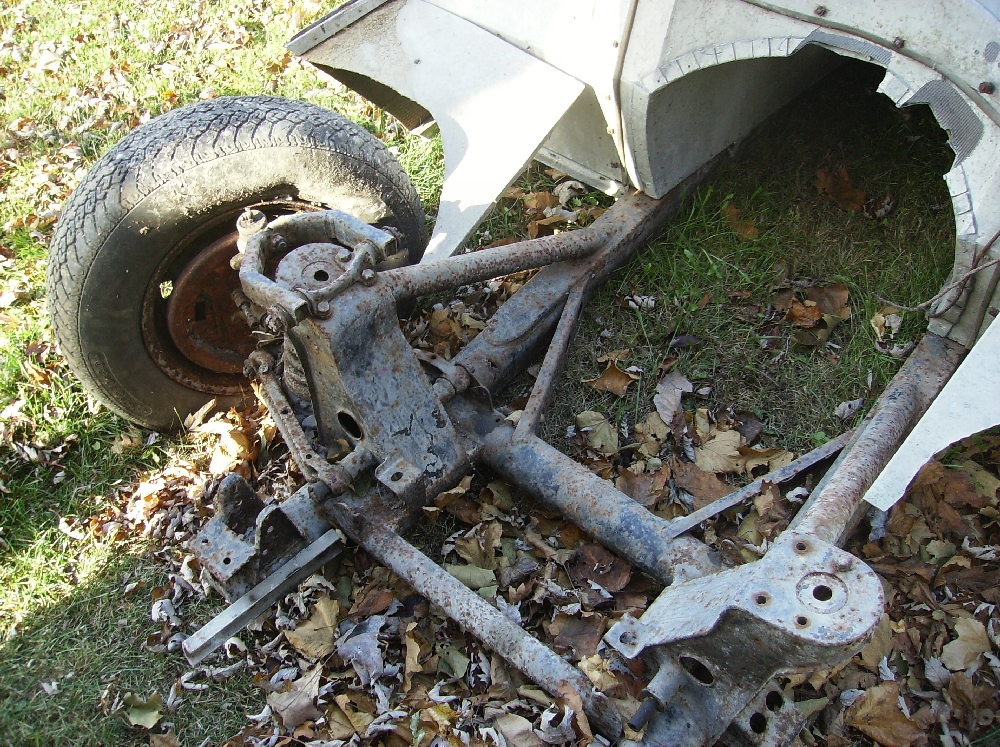
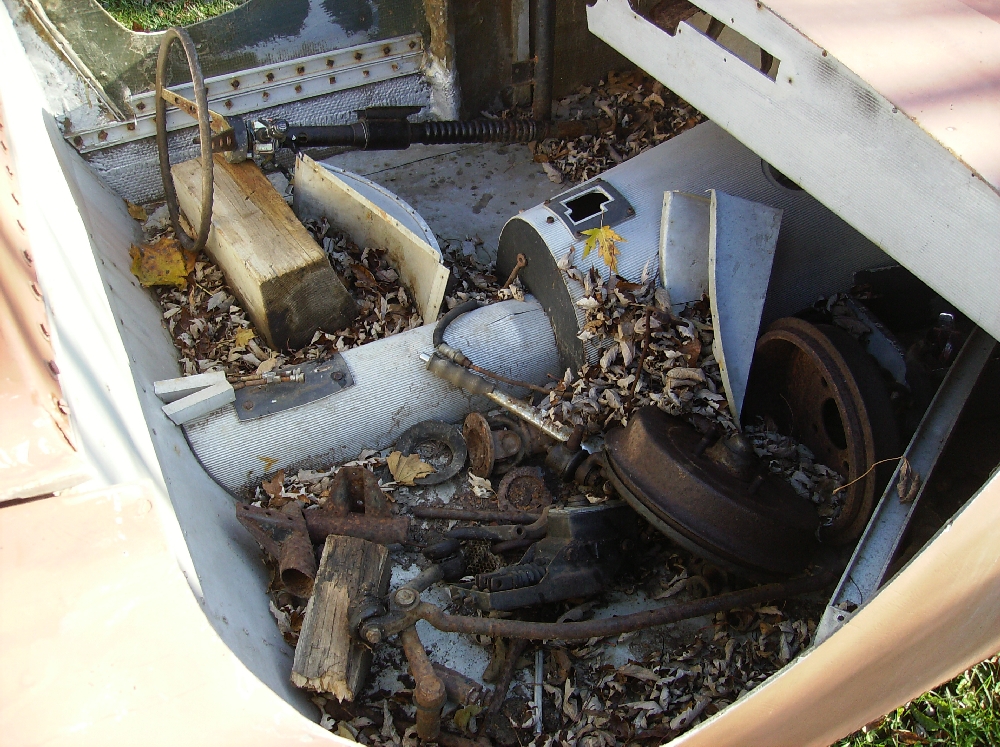
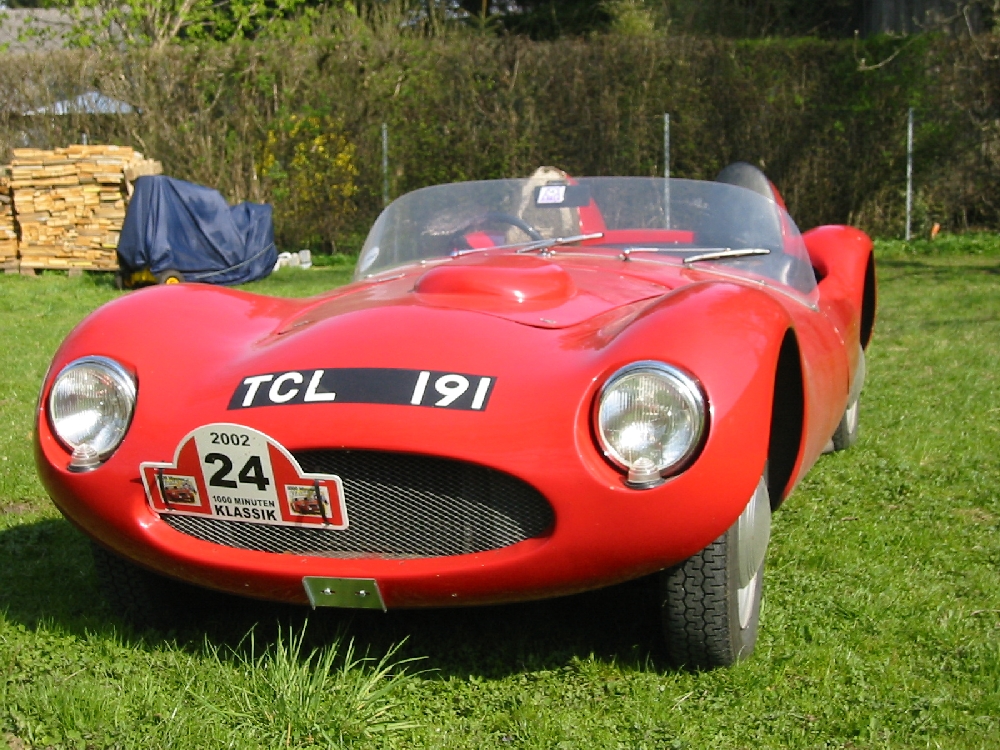
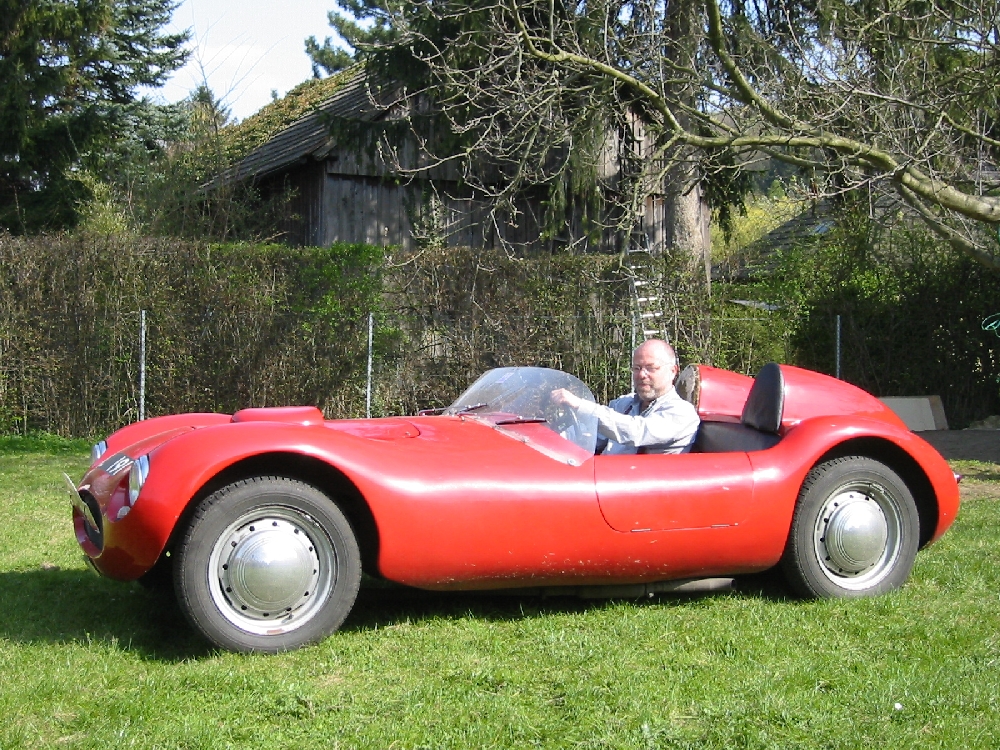
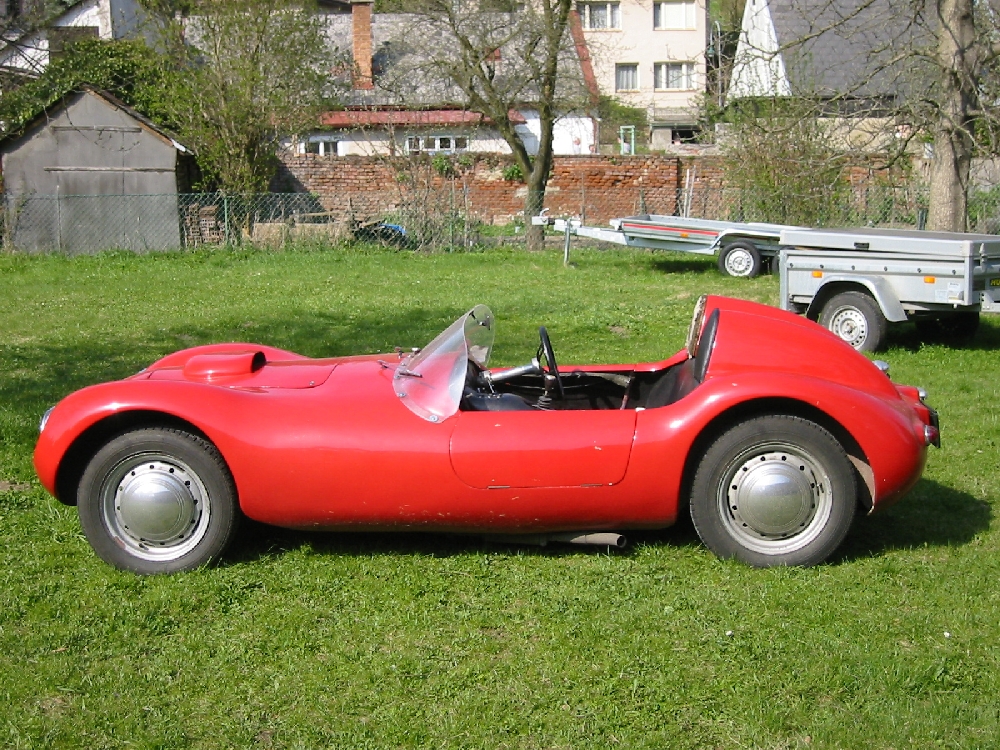
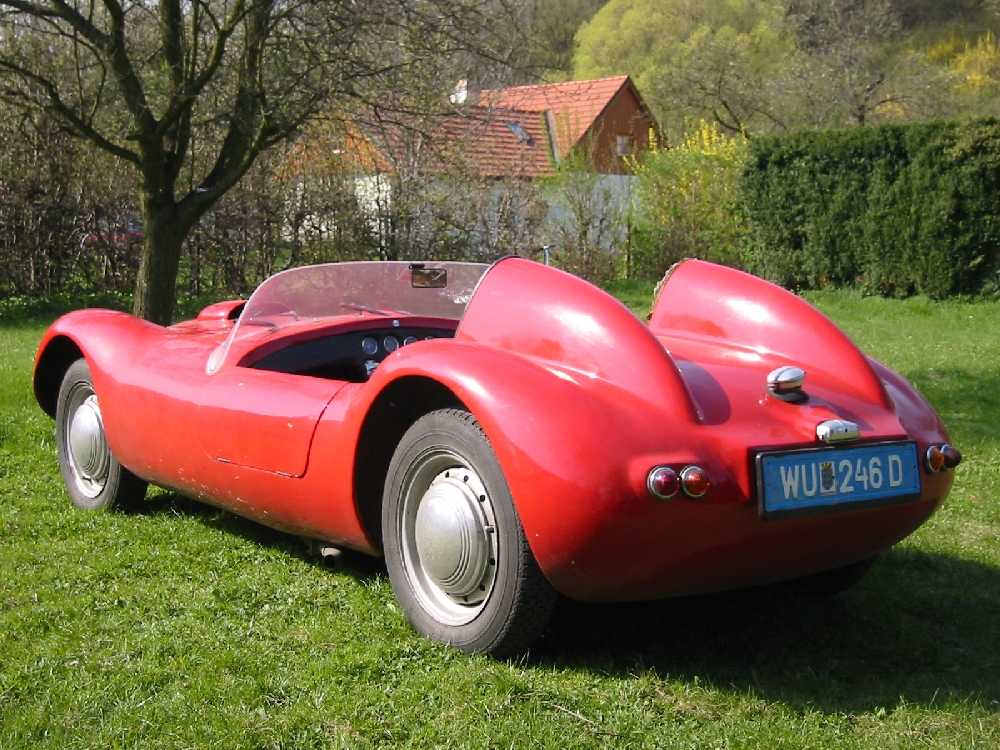



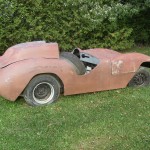
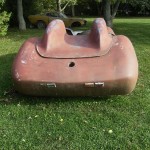
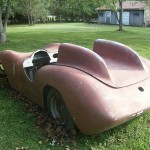
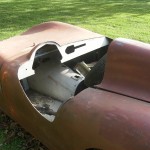
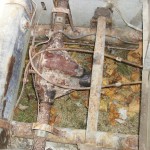
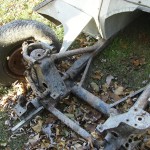







Here is the Lahti special with some history …… let’s see where this goes
http://hooniverse.com/2009/10/29/what-the-hell-1947-fiat-crosley-thing/
Your comment, Bob Cunningham, certainly was, . . .” , ,”worth a thought . .” . For a couple of years prior to Harry and I collaborating on this “Italian style” fiberglass body, through the mail I had acquired information regarding “The Fisher Body Craftsman Guild’s” request for young automobile design enthusiasts to create a specific dimension clay model of the car of their dreams. Although my involvement in this opportunity distracted me from fabricating stick/tissue model model airplanes from scratch . . . and my building single and two person kayaks . . Although I never mailed these masterful clay lumps back to “The Guild”, I focused my emerging design and mechanical skills to working on a couple of these clay models. My favorite model kinda looked like a kissing cousin of the not too recent Chevy Caprice. EH ! FAST FORWARD :
Bob, you made me think about this : “The body design reminds me of the Lahti Special . .” I got an impression that you were suggesting that the Lahti and the Macaromi Monza shared some Italian styling of that era ! Italian designer, Anderloni, was the designer of the late 1940s Ferrari Barchetta. What a trend setter that was ! AC Bristols, a few years later, sported a kissing cousin body from Anderloni’s earlier design. ( I knew that you knew this, Bob ) . . . . “Shelby’s
Cobra’s” ! What I slowly discovered while Harry and I worked on the clay scale model of the Macaroni Monza, Harry’s and my favorite sports cars were Italian.
We both favored the curvilinear Maseratis, and blended that genre with Anderloni’s. . . . . “Everything that a person makes is an extension of that person. “. . . Marshall Mcluhan
The approach that was taken to develop this customer’s . . . .” Italian style . . a little ahead of its time” . . lightweight fiberglass body, from my perspective, was
a much more enjoyable task than by my, as a teenager, trying to please a consortium of experts whose major task is to bring to the public a vehicle that is an amalgum of the company’s collective wisdom, an automobile that will have at least one design element that will entice the customer to purchase that appliance on wheels . . . . . Art versus Staying Within the Lines ! . . . . . . .
What a Great Life, EH !
The body design reminds me of the Lahti Special (a scratch-built car completed by the teenaged Lahti brothers in 1959), which was built on an extended Crosley chassis. One of the brothers is an artist on the West Coast, so I wonder if there might be any connection? The Lahti was stubbier and less sophisticated in the headlight treatment, etc., but the nose was the same, and it also ended up with two headrests simliar to this car. Not a likely connection, but worth a thought.
One thing that is neat about these TR rear-ends as they use the same U-jount as Chevrolets and some other GM cars. It would be easy to install a GM 5-speed and a V-6 or a 215 aluminum Buick V-8. Finned aluminum brake drums from Datsuns fit on the TR rear-end, too. Nail-head Buicks had been installed in the Dorettis years ago.
There is no doubt this is a Doretti chassis , Gas tank is correct and transmission tunnel and prop shaft cover are also Doretti, Also probably floors but can’t see in the leave, Firewall may be part of the original tub as well.
Tom Householder
Doretti vehicle Consultant
Vintage Triumph Register
It’s definately not a standard Triumph TR2 chassis. My Kellison J-2 is sitting on a TR2 chassis. The TR2 is an all ‘I’ beam parallel outer rails, and an ‘I’ beam ‘X’ crossmember in the center. Wheel base is 88″. The rear end and other components may be Triumph. I have no idea on the body. But, I’d guess late 1950’s to mid 1960’s.
This is a great picure story.Thanks for the huge pictures..
Mel
This Mysterion looks like it could be a much face-lifted Falcon, especially the rear half. Take fiberglass, add clay or plaster—–?
He should check the wheelbase – the Doretti was longer than the TR 2 and TR3 parts they used. The lader style frame with two 2 1/2 to 3 inch round tubes is very close in design to some of the early Ferrari frames. If kit car builders had not gotten so hung-up on using early Ford parts it would have been a good simple design for glass bodies.
A Ferrari like chassis could have been built using IFS parts from a 1950 Ford, Chevrolet or Henry J quite easily.
A chassis like this car has could be up-graded using the IRS from a TR 250 or TR 6 assembly.
I could be wrong but I think the frame is from a Doretti. They used TR2 components.